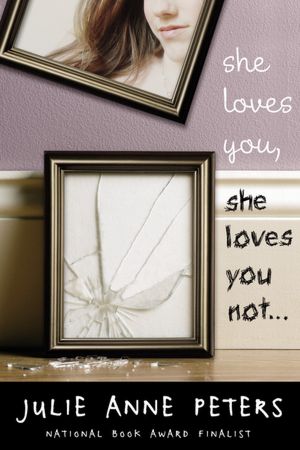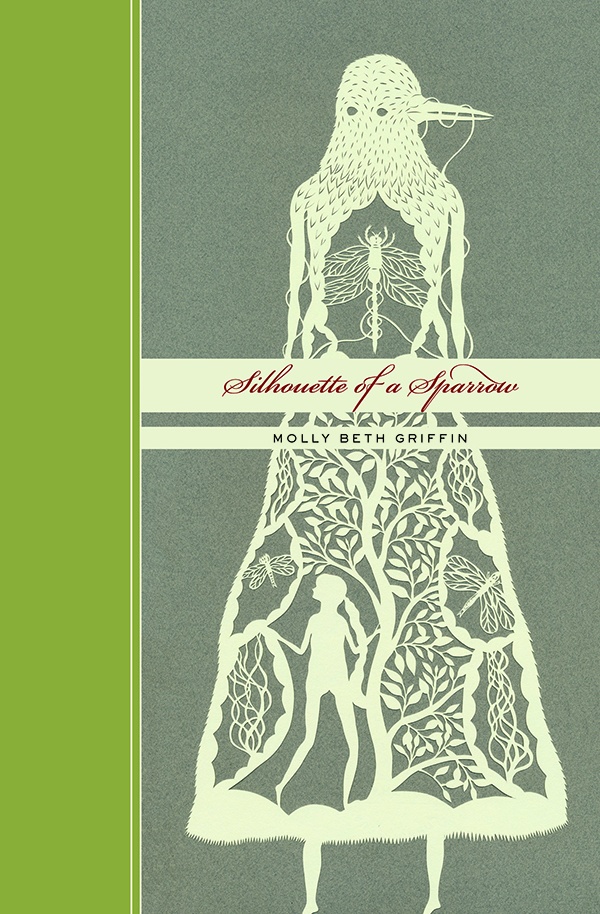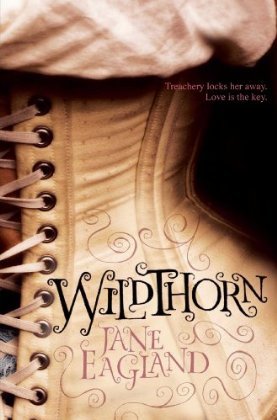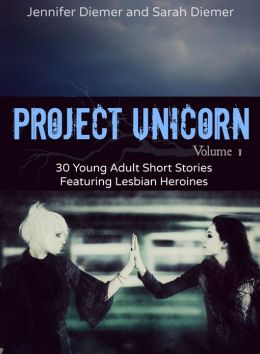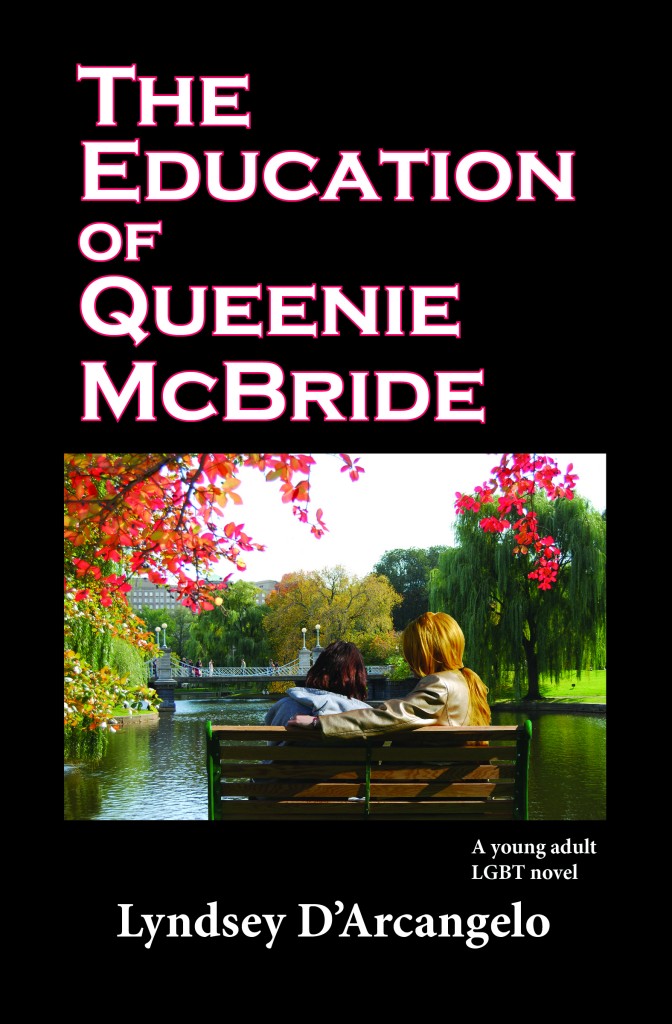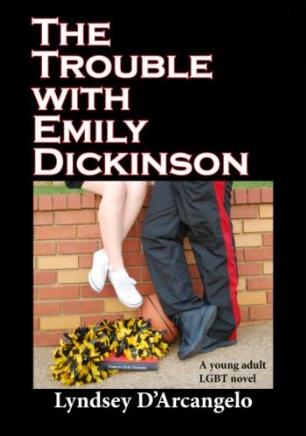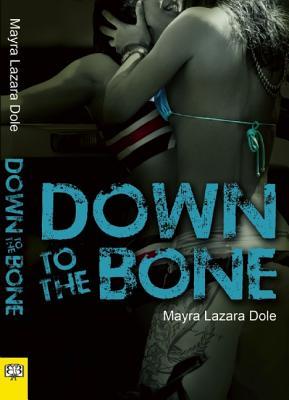She shoves the tray between us and cuts through. The name on her badge reads FINN. I watch her dump the tray, load up the hot plates along her arm, then serpentine through the tables and chairs.
Dyke! my gaydar screams. She has that self-confident aura. Plus, she’s wearing carpenter shorts and leather hiking shoes. Dark curly leg hair. Hel-looo.
I have an unabashed soft spot for Julie Anne Peters’ young adult novels. The drama, the straight-up lady longing, the romantic clichés, the processing, the feelings—did I mention the drama? Peters is completely unafraid to throw absolutely everything at her characters, just to see how it will all pan out. One natural disaster too simple? Why not give ‘em two!
She Loves You, She Loves You Not… (2011) by Julie Anne Peters is a perfect example of the pulpy-romance on which Peters has built her career. Delightfully, this novel ends on a slightly more hopeful and lighter note than a few of her previous novels (Rage: A Love Story and Pretend You Love Me), but the ride to get there is no less emotion-fuelled or tender.
The protagonist, Alyssa, finds herself being flown across the country to the mountains of Colorado, leaving her father, step-mother and brother on the East Coast. What she will find or do in this tiny ranching town is totally beyond her, but she is determined to make her own way—without the help of her pole dancer-cum-prostitute mother.
Heartbroken by the rejection of her girlfriend and, subsequently, of her father has left her emotionally adrift. Despite the recent trauma, Alyssa is still firm in her identity. She has known she is a lesbian since she was thirteen. She has no qualms about her sexuality—no coming-out processing here!—but she’s not sure she ever wants to fall in love again. That shit hurts.
While I really appreciate Peters’ depiction of Alyssa’s sexuality, some may take issue with her portrayal of a few of the other secondary characters. For these characters, their sexual identities are not as fixed as Alyssa’s and thus, at first glance, they could appear to be falling into the biphobic trope of “you have to pick: are you gay or straight?” I’m not totally happy with how Peters’ handles these characters, but a more generous reading of them allows for something that is desperately needed in young adult fiction: fluidity. Teenagers, in general, are unsure of a lot of things about themselves, and sexuality can often be a part of that larger, looming question: Who am I? For including this in her novel, I give an encouraging nod to Peters.
Overall, She Loves You, She Loves You Not… is a charming summer read, for lady lovers of any age. I would say its a ‘beach read’ but the scenery of this novel plays such an intimate part of the story that I would actually call it a ‘lake read’ or ‘camping read’ instead! You can almost smell the dry summer air and feel the dust and hot sun on your skin… If you enjoy strong female protagonists, first love stories, and a bit of pulpy mountain drama, definitely pick up this novel this summer.

